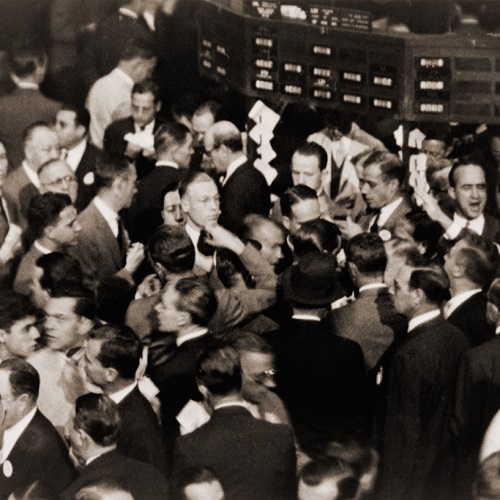How to Choose your Breakout Trading Strategy
Breakout trading is widely used by active traders using technical analysis. Learn how to take advantage of price acceleration with Queensway.

Breaking Out
Breakout trading is a very popular strategy used in online Forex trading. It is one of the most effective uses of technical analysis, especially for active technical analysts.
The strategy involves evaluating the markets and taking a position in a currency pair at the early stages of the development of a trend (or of a price acceleration within a main trend).
Breakouts represent the beginning of major and minor moves in an exchange rate, and when used appropriately, can considerably limit a trader’s downside risk while maximising profits.
This is why breakouts are one of the most important features of many trading strategies – because they represent the starting point of a new price movement, usually with increasing volatility and trading volume.
Definition of a Breakout
A breakout in the currency market can be defined as a currency pair price piercing through established support or resistance levels.
The movement generally comes with an increase in both volume and volatility and typically takes the exchange rate into a new trading range or furthers a trend.
A “breakout” can be either an upside or downside break; however, it usually refers to an upside move. The word “breakdown” is often used when the exchange rate declines and breaks downside support, although the phrase “breakout to the downside” is also commonly used in this situation.
Once resistance or support are penetrated, a new level is established and a pullback usually occurs. Consequently, many traders confirm a breakout using other technical analysis tools, such as moving average crossovers, trading volume, trend lines and other technical indicators.
How to Identify a Breakout
Breakouts are usually triggered by fundamental forces – an economic data release or event. Nevertheless, technically, the stronger breakouts appear above or below established channels and price patterns.
Patterns which show the most well-defined breakouts include head and shoulder patterns, double tops and bottoms, wedges, flags, pennants, rectangles and triangle formations. Perhaps the most common breakouts are those that occur through an established channel.
Trading a Breakout
The most important element to breakout trading is having well-defined levels of support and resistance. The frequency of trading in these areas solidifies the support and resistance levels and will make the breakout much stronger when the exchange rate moves beyond the established level.
Typically, a Forex trader will establish a long position after the exchange rate breaks above the major resistance level or else short once the pair falls under a major support level. This can be tricky, especially if the exchange rate briefly crosses resistance or support only to return to within the established range. Thus, confirmation of the breakout is paramount. One possibility is by gauging volume. A high volume will usually indicate a consensus. Another is a test of the new level.

How to Determine a Breakout Trading Strategy
The main goal of a breakout trading strategy is to enter at the beginning of a strong movement – as soon as prices make the breakout and ride the trend – so long as there is significant trading volume and market volatility.
Breakouts can occur in different types of market configurations and play a significant role in all kinds, as they represent a strong change in the supply and demand of an asset. Still, the most explosive movements will occur with price channels and chart patterns. Among the most popular ways to spot breakouts are through trend lines, support and resistance lines, channels, triangles and other chart patterns. Therefore, learning how to recognise reversal and continuation chart patterns will be a big advantage and will help fine-tune one’s strategy.
Breakouts can also provide false trading signals, often called ‘fakeouts’. While some traders focus on these, it might be best to concentrate on breakouts instead. Traders should avoid fakeouts and make sure that prices are evolving into new territory by waiting for confirmation.
For instance, some traders wait to see higher trading volume, or even above-average volume when entering the markets, as it indicates that movements will be stronger due to increased trader participation.
Conclusion
While breakouts offer more guidance on when to enter the markets, it is also important to know when to exit a position with a profit (as well as with a loss). Target price levels could be placed using the recent price action and some significant levels (support and resistance levels). The average of recent price swings can also be used to determine a reasonable price objective. With most chart patterns, there is also a way to determine the target price.
For example, when prices break the neckline of a head and shoulder pattern, just take the same distance as the one found at the top of the head to the neckline, and report it from the neckline breakout. This should provide a profitable exit point.
It is also important to control risk in the case of fakeouts. This can be done using stop-loss orders. With the above example, one would place a stop loss above the shoulder as soon as the breakout occurs.





